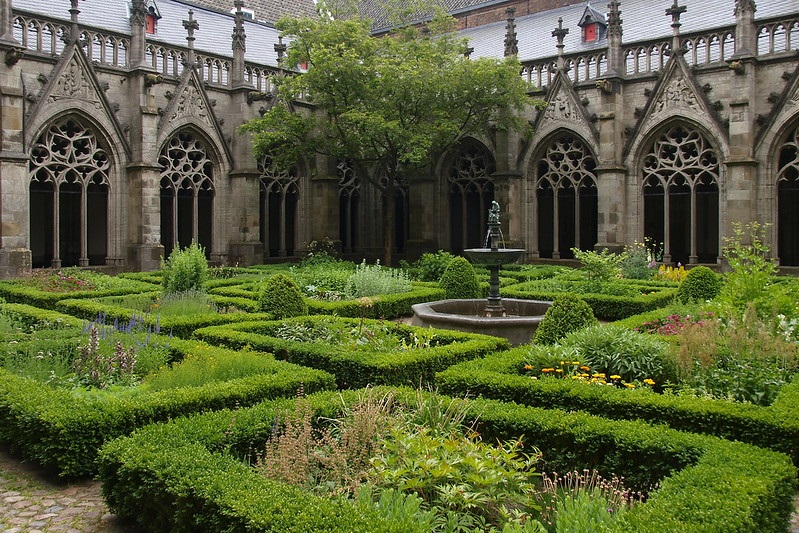What do most medieval gardens have in common?

The Beginning
Medieval gardens are a special part of history because they show how people lived, thought, and worked at that time. These gardens were more than just places to grow plants; they were an important part of medieval life and were used for many things, from cooking to healing to spirituality.
Historical Background
Gardens from the Middle Ages have roots in ancient societies, but they became very popular in Europe during that time. Roman, Islamic, and later Renaissance styles all had an effect on these gardens, which changed over time to become unique places with their own features.
Plan and design
In the Middle Ages, gardens were usually encircled by walls or hedges to make them private and safe. This layout wasn’t just for safety; it also represented the Garden of Eden, which was a popular idea in the Middle Ages.
Different Kinds of Plants
In the Middle Ages, gardens had many kinds of plants, each chosen for a specific reason. People grew flowers and herbs for their beauty and smell, and they planted fruit trees for their useful fruit. Some plants had important meanings as well, like roses for love and flowers for purity.
Features of Water
In medieval gardening, water, which was a sign of life, was an important part. There were a lot of fountains, ponds, and streams. They were nice to look at and useful for things like watering plants.
Builds for the garden
In medieval gardens, you could often find arbors, trellises, and even small buildings. These gave the yard shade, helped climbing plants grow, and made it look better. A lot of people also liked decorative items like statues and sundials.
Garden of Herbs
In the Middle Ages, herbs were very important. They were used in cooking, healing, and even dying clothes. Sage, thyme, and lavender were all common flowers.
Uses in medicine and cooking
Many yard plants could do more than one thing. As an example, rosemary was used both in food and as a medicine. This two-use shows how useful fields were in the Middle Ages.
Parts that look nice
Gardens in the Middle Ages were very useful, but they were also beautiful and fun places to spend time. Decorative flowers and plants added color and scent to fields, making them places to relax and enjoy yourself.
Elements of the spiritual and symbolic
Gardens often had religious meanings, and the plants and layouts showed spiritual views. One example is the “Mary garden,” which is full of plants that are connected to the Virgin Mary.
How they changed modern gardening
Many aspects of modern gardens are based on designs from the Middle Ages, such as the use of herb gardens and the emphasis on flowers and structured plans for decoration.
Saving and fixing things
Trying to keep and fix up ancient gardens can teach us a lot about that time. These kinds of parks can be found all over Europe, and many of them have been brought back to their former glory.
Get Involved and Gain Access
A lot of gardens from the Middle Ages are now open to the public and offer trips and programs to help people learn about their historical and cultural importance.
Problems that come up when trying to keep historical accuracy
Maintaining and restoring these grounds in a way that feels like they belong is hard. Often, modern methods are used to find a balance between preserving something and letting people see it and teach them about it.
In conclusion
Gardens from the Middle Ages can tell you a lot about the people, ideas, and ways of life that were common at the time. By keeping these historically important places around, we can enjoy and learn from them.














